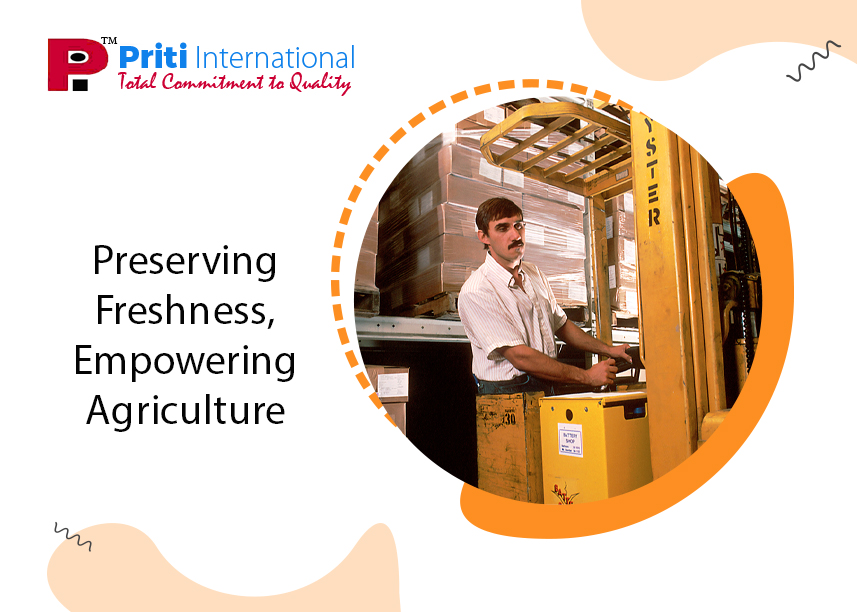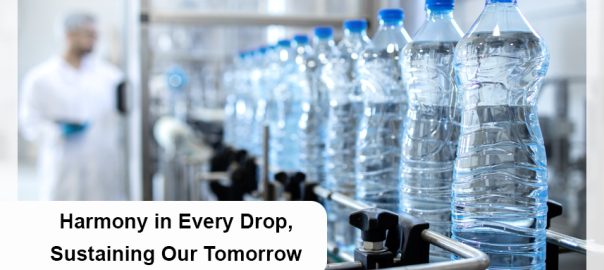In the pursuit of optimal health, the significance of hydration cannot be overstated. While water is essential, not all sources are created equal. Enter mineral water, a natural elixir enriched with vital nutrients. Let’s explore the numerous benefits of drinking mineral water, emphasizing why it should be a part of your daily routine.
Enhanced Mineral Intake: A Nutritional Powerhouse
One of the primary advantages of consuming mineral water is its enriched mineral content. This includes essential elements like calcium, magnesium, and potassium, which are integral for various bodily functions. Regular intake ensures that your body receives a steady supply of these vital nutrients, contributing to stronger bones, improved nerve function, and enhanced muscle health.
Optimal Electrolyte Balance: Nourishing Vital Functions
Electrolytes are charged ions crucial for maintaining proper fluid balance, regulating blood pressure, and facilitating muscle contractions. Mineral water, naturally rich in electrolytes, aids in sustaining these vital functions. By replenishing electrolytes lost through activities like exercise or sweating, it supports overall bodily equilibrium.
Digestive Health: Alleviating Digestive Woes
Mineral water is renowned for its digestive benefits. It aids in optimizing the digestive system by promoting healthy bowel movements and assisting in the breakdown of food. Additionally, its alkaline properties may help neutralize excess stomach acid, providing relief from conditions like acid reflux and indigestion.
Detoxification and Cleansing: Purifying from Within
Regular consumption of mineral water aids in the natural detoxification process. The minerals present facilitate the elimination of waste products and toxins from the body. This cleansing effect supports the liver and kidneys in their crucial detoxification roles, promoting overall metabolic health.
Weight Management: Aiding in the Journey
For those on a weight management journey, mineral water can be a valuable ally. Its natural composition can help increase feelings of fullness, potentially curbing excessive calorie intake. Moreover, by promoting optimal digestion and metabolism, it assists in the efficient breakdown and utilization of nutrients, contributing to a healthy weight.
Improved Skin Health: Radiance from Within
The benefits of drinking mineral water extend to your skin. The minerals it contains, such as silica, play a pivotal role in maintaining skin elasticity and hydration. Regular consumption can contribute to a youthful complexion, providing a natural, radiant glow.
Overall Well-being: Nurturing Mind and Body
By encompassing a multitude of health benefits, drinking mineral water daily becomes a holistic approach to well-being. It supports not only physical health but mental clarity as well. Proper hydration is fundamental for cognitive function, ensuring alertness and mental acuity.
Priti International: Elevating Hydration Solutions
For those seeking superior quality mineral water and advanced hydration solutions, Priti International is a trusted name. Committed to providing top-notch products, Priti International ensures that you have access to the purest, most enriching mineral water to support your journey towards optimal health.




